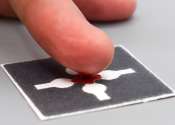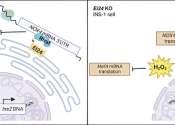Nanoparticle delivery of FZD4 to lung endothelial cells inhibits lung cancer progression and metastases
A recent study from the lab of Tanya Kalin, MD, Ph.D., professor of Child Health and Internal Medicine at the University of Arizona College of Medicine—Phoenix, has shown potential to improve therapeutic outcomes for patients ...









